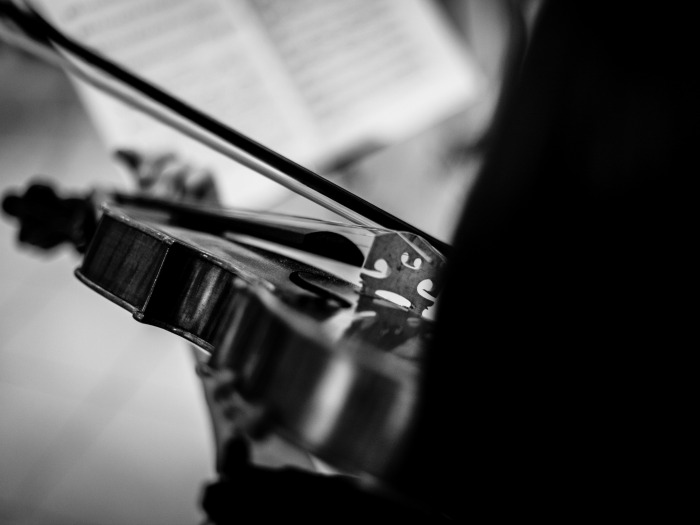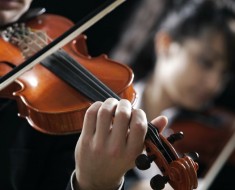The main work was Mahler’s 5th Symphony.
I don’t remember seeing this in performance before, though I have heard it often on CD and the radio. It is known especially for the beautiful third movement adagietto, which is often played alone and was used in the 1971 film Death in Venice. It was frequently performed on its own before then, chiefly because in the early 20th century music programmers didn’t believe whole Mahler symphonies would be acceptable to audiences. Indeed, the British premiere of the entire Fifth Symphony came thirty-six years after the Adagietto had been introduced by Henry Wood at a Proms concert in 1909. It was written as Mahler’s love song to Alma, recently married at the time of composition, 1901.
I hadn’t realised how the brass and the strings are almost like separate orchestras in conflict rather than players of the same body, with perhaps the woodwind acting as mediators. The trumpet solo that introduces the first movement and acts as commentator was impressively played, as was the French horn that has a similar role in the second movement.
The programme notes claimed that it avoids traditional virtuosity, to cater for the composer’s 19 year old son for whom it was written. I disagree. It must be a fiendishly difficult work to play. Both orchestra and soloist were brilliant – the outer movement crazy in its freedom and the slow movement which is quite one of the lovliest I know, played very beautifully.




